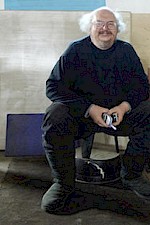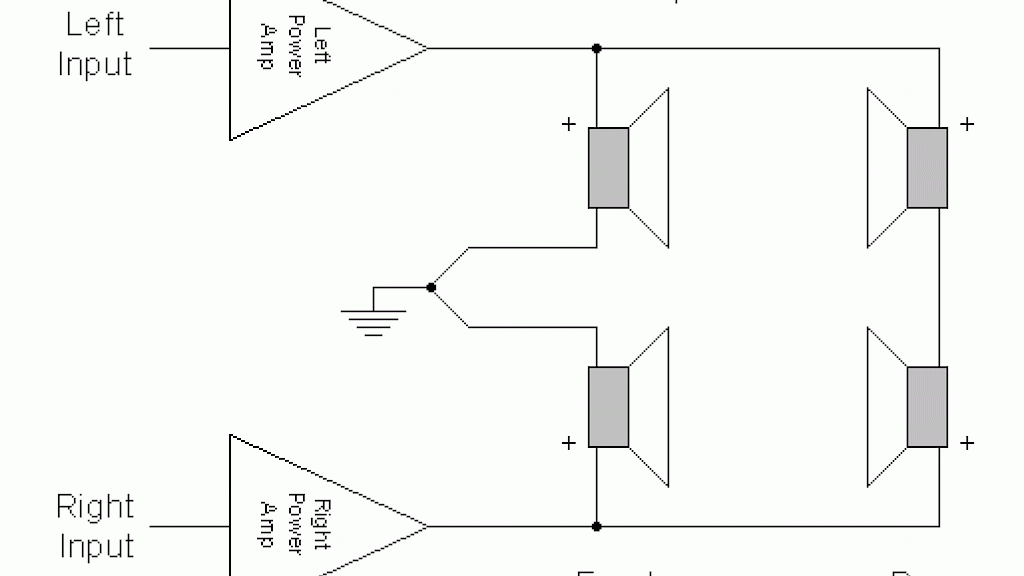Are we out of our depth?
Depth is the most difficult of the three dimensions to record and reproduce in a music system. With good stereo recordings, the left/right location of the performers can usually be identified on good speakers (at least in the speaker’s Sweet-Spot). On excellent speakers and excellent recordings the vertical location can often be identified. Even with the best speakers, the sense of depth is usually very limited.
The speaker designer has some control. For instance, the position of a singer in relation to the band and back-up singers can be adjusted with the Perspective control on the Walsh 5s and Walsh 5000s. We do this by varying the main voice range (about 200-2000 Hz) by about 1dB steps – a subtle, just noticeable change in balance. Even here, we are talking a few feet in changes in depth. If the boost or cut is much greater, the voices can be placed well in front of or behind the speakers. I find either unnatural. Ideally the voices would be just behind the line between the speakers and the instruments would extend deeper behind the singer to a distance similar to live performances. As you move back in your listening room, the effect should be similar to moving back away from the performers in a concert hall.
One method to extend the normal perceived depth in stereo recordings is to add ambiance speakers in the rear connected using the Hafler Hookup. David Hafler was the co-founder (with Ed Laurents) of Dynaco, sold to Tyco in 1969 and remained active with the company for many years. Later, he founded the Hafler Company, which he sold to the Rockford-Fosgate Corporation. But now, Canadian based Radial Enginering Ltd has purchased the company and is planning to revive many of Hafler’s classic designs by reintroducing them next spring.
What became known as “The Hafler Hookup.” circa 1970, takes the rear speaker(s) and connects them up from plus to plus on your stereo amplifier. Usually, there is a resistor in series with the rear speakers to control their level. This way, they only reproduce the difference between the left and right channels. I have found wide dispersion speakers to work best and having more than one is most effective as you do not want to perceive them as the sound source.
Depending on the placement and number of ambiance speakers, they will usually need to be attenuated to reduce their location clues. I have found that by sitting behind the main listening area to set the levels is the best. I start with the ambient speakers turned nearly off and increase their level until I can recognize their location and note the position of the series resister in-line with the ambiance speakers. I then turn these speakers substantially higher and reduce the level until I can no longer hear their source location and note the position of the resister. Then I put the pot half way between these two positions and audition from the all the main listening positions, switching the ambience speakers in and out. There should not be a perceived source from any of the ambience speakers. The effects should be an increase in the depth in the soundfield and an enhanced sense of the original recording space, more you-are-there and less they-are-here.
Depth is not easily perceived in the real world and even more difficult to reproduce with a music system. But, we try… And David Hafler’s simple, elegant – 45 year old circuitry is one way to enhance the illusion and add depth to the enjoyment – and transfiguration – music provides.
See ya in two weeks,
Happy Thanksgiving & Good Listening!
John
Subscribe to Ohm News & Views to get the latest posts in your inbox
John Strohbeen Author
John Strohbeen was the President and Chief Engineer of Ohm Acoustics from 1978-2023.


